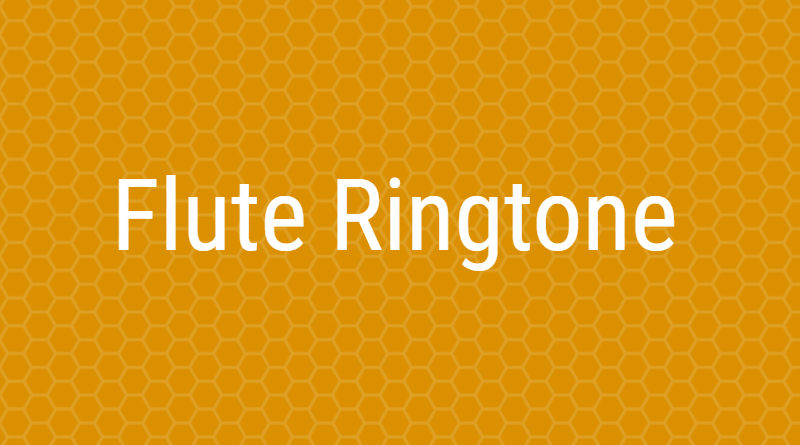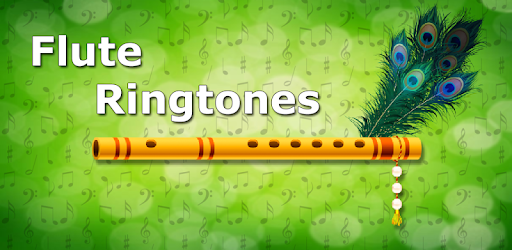Do you have a feeling that your flute playing comes up short on that 'bonus'? That it's sounding level and inert and regardless of how in fact well you play a piece, it's outright sub-par? The breathing procedure called 'flute vibrato' is one of the principle manners by which a flute player can include tone shading, power, feeling and life to playing.
look at this website:- flute music ringtone mp3 free download
Utilizing the vibrato strategy in the fitting melodic pieces at the suitable occasions is an aptitude expected of players as they advance in their playing capacity.
So what is it, how might you practice it and when would it be advisable for you to fuse it into your very own playing? I'll clarify everything…
What is Flute Vibrato?
Vibrato is a heartbeat like breathing procedure utilized as you victory into the flute and make sound. Instead of extinguishing in one long constant flow, muscles of the throat and stomach limit the wind stream into short, even heartbeats that outcomes in a controlled wave-like sound. Three kinds of flute vibrato have been portrayed – pitch, power and timbre. Pitch vibrato portrays the ascent and fall in note recurrence, the wave-like heartbeats send the note somewhat sharp and afterward level than the first beginning note. Force vibrato depicts an adjustment in the dynamic or volume level all through the beats. Both of these vibrato perspectives join to depict timbre vibrato – which is basically the sound that is novel to you.
Learning Vibrato
How an understudy learns vibrato has been regularly bantered inside the flute showing world and there are basically two methodologies.
- That vibrato is found normally by the understudy as it streams out of close to home imaginative articulation

- It ought to be educated in light of the fact that it should be suitably controlled
How vibrato is created is portrayed from numerous points of view by educators and in the melodic writing yet by and large can be categorized as one of two different ways, as either a stomach or a throat-controlled procedure. Truth be told it very well may be both. An examination checking the enactment of muscles of performing flute players has discovered that what is frequently alluded to as diaphragmatic initiation is actually a mix of the stomach and thoracic (larynx) muscles. For those controlling vibrato through the throat – the larynx and the vocal strings assume the significant job, obviously the stomach is likewise drawn in to help the breath as its being breathed out.
When would it be advisable for you to utilize vibrato?
The vibrato system ought to be deliberately applied as an expressive component in playing instead of always utilized for each note. Utilized too generously, and it can really bring down a presentation. Critically, it ought to be viewed as an enhancer of effectively great flute tone, and not utilized as a way to 'conceal' tone or inflection issues. Having the option to play with strong, reliable, non-vibrato sound is similarly as basic as acing the vibrato system for frivolity.
Vibrato started only as ornamentation and was not a part of flute tone. It was created utilizing the fingers over the tone openings of early flutes, named flattement. Commonly it was utilized for more and delayed notes. The cutting edge vibrato began in the late nineteenth century in France and has now turned into a necessary piece of flute tone and music. In this manner, music composed before the nineteenth century was customarily played without vibrato.

 Log in with Facebook
Log in with Facebook 






